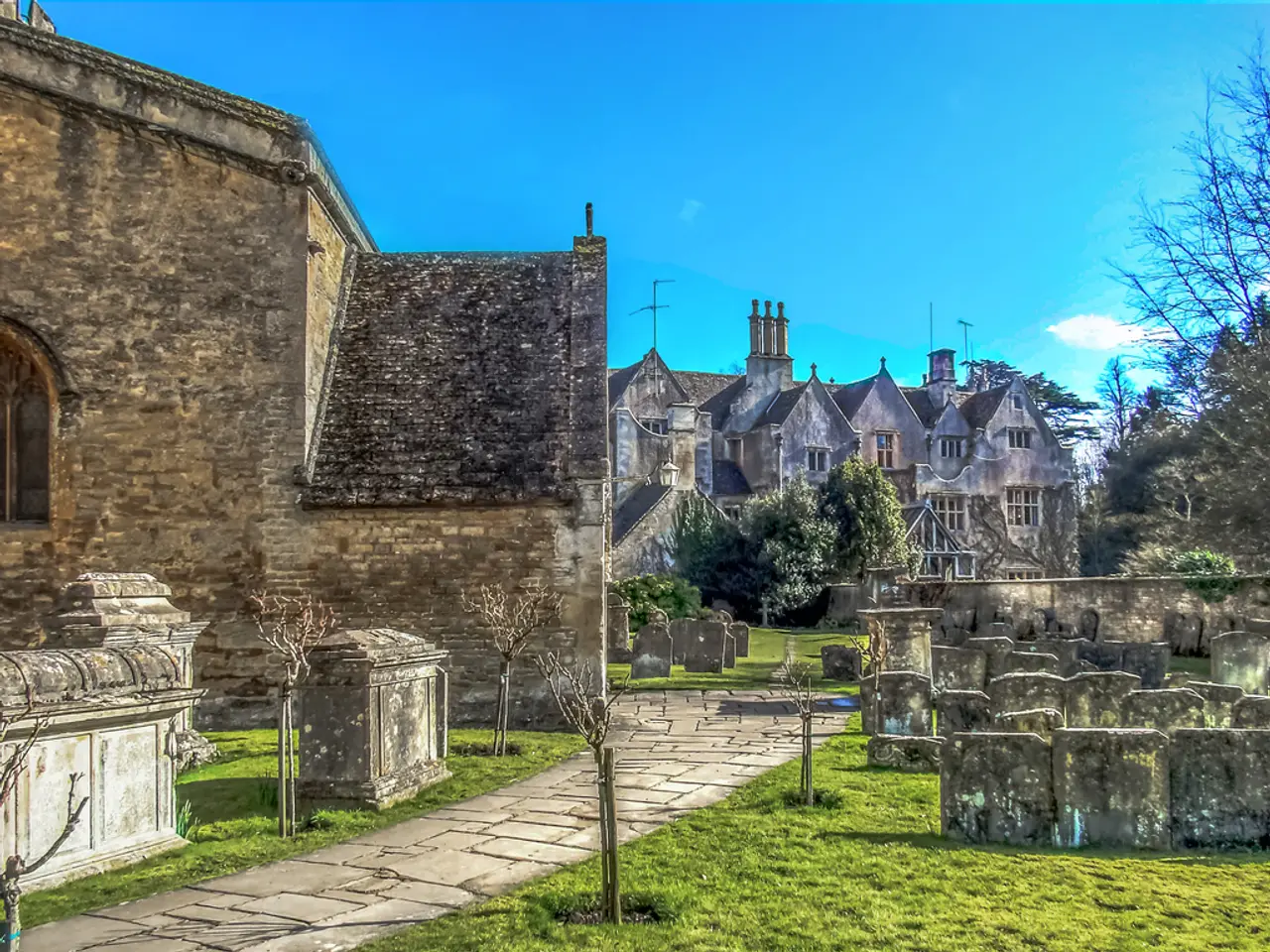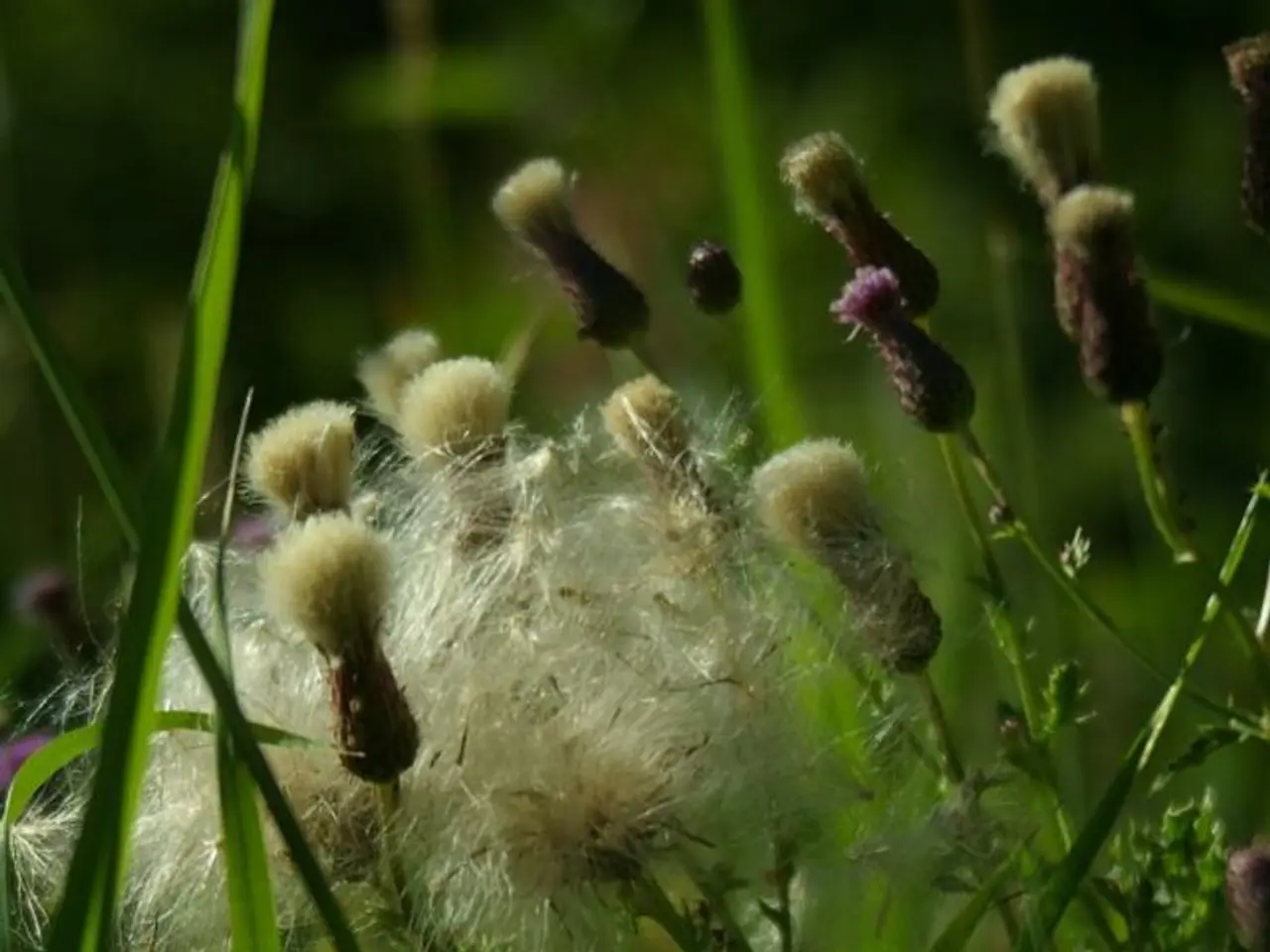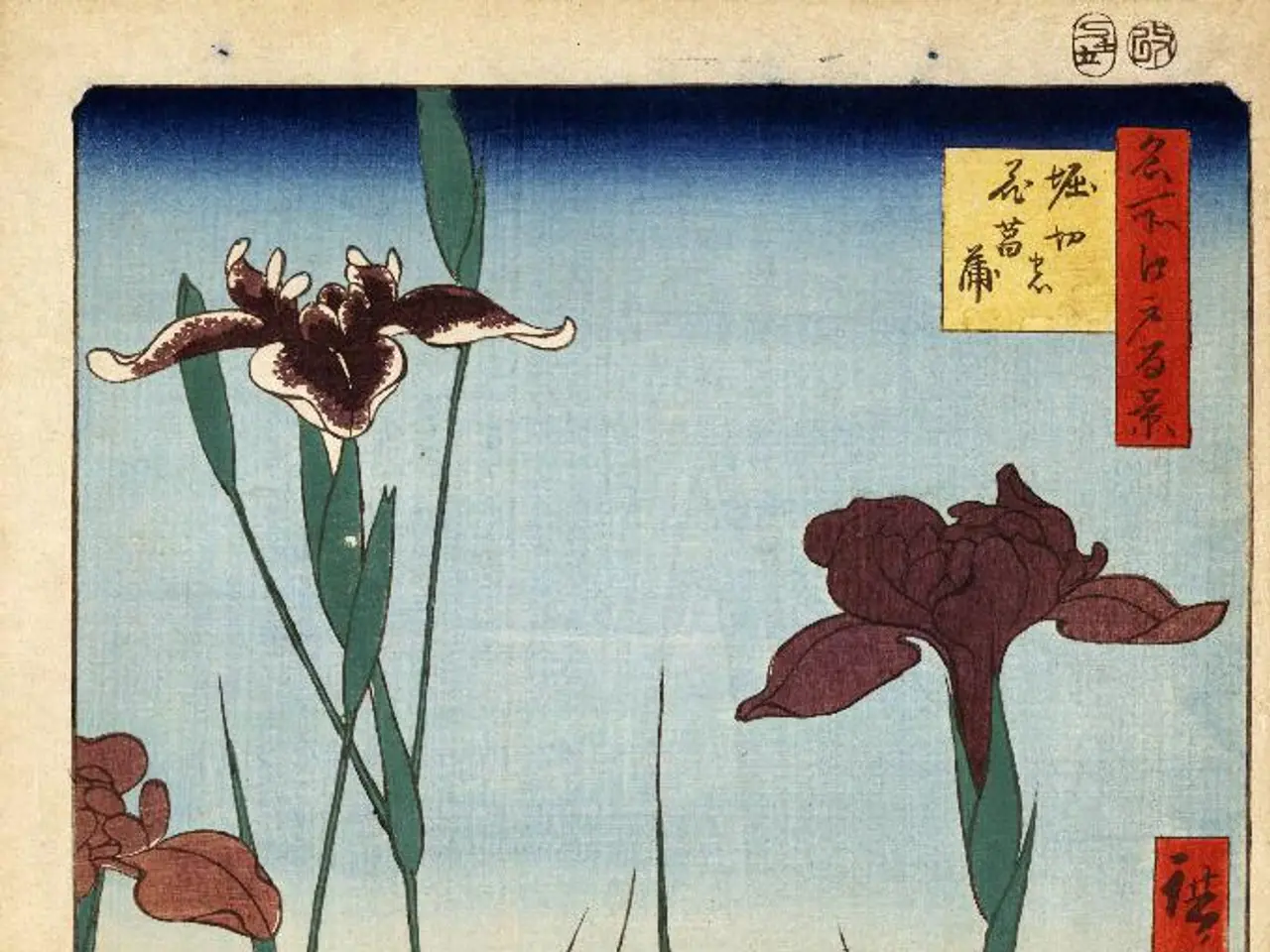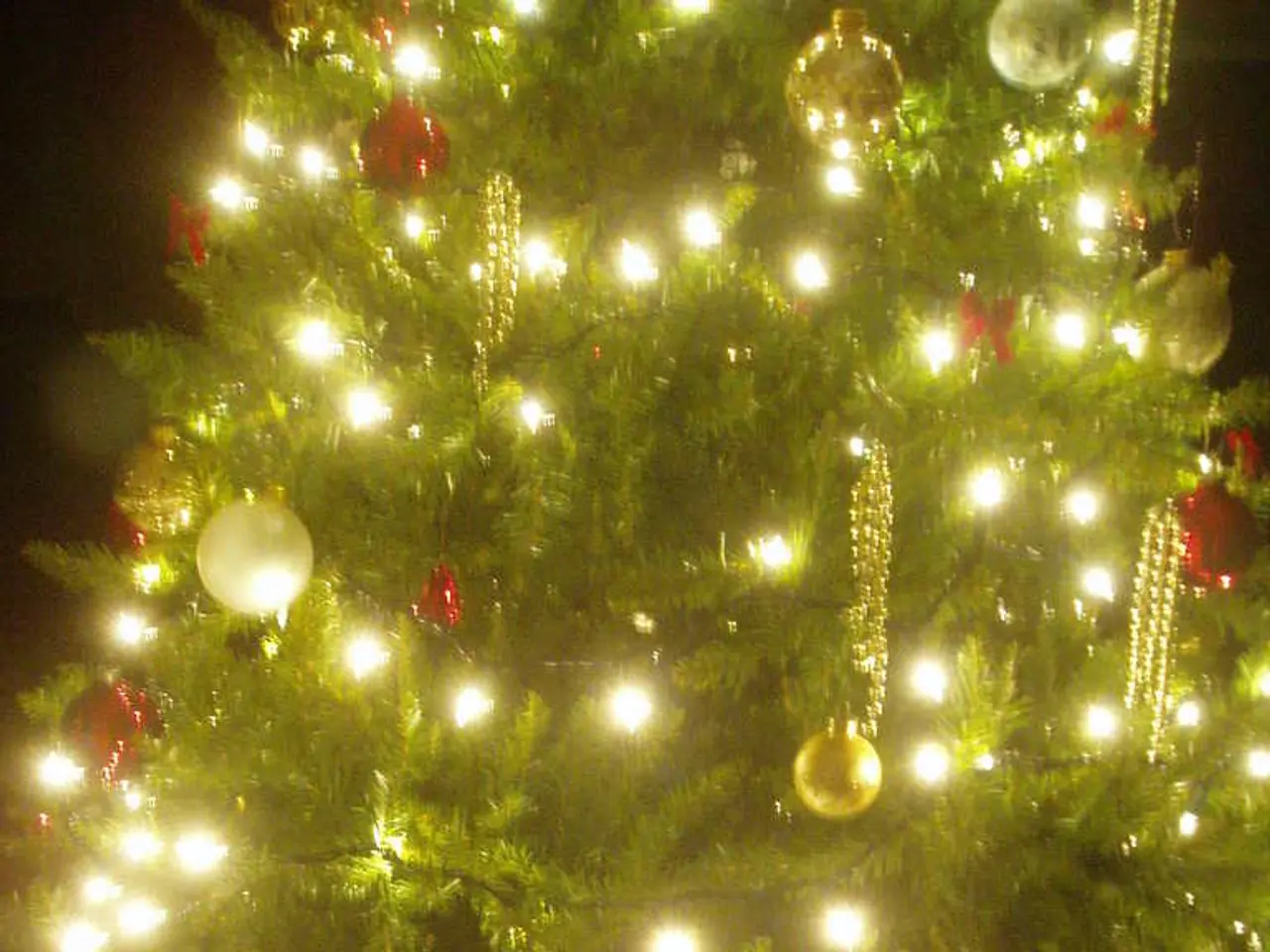After the flowers of your hyacinth bulbs have bloomed, consider these steps:
Poppin' with Popcorn Hyacinths, Bloomin' with the Real Deal
Remember those popcorn hyacinths we used to make in elementary school? Shaking kernels in a bag of paint, snipping leaves out of construction paper, and gluing it all together? Well, my love for hyacinths didn't die after those crafty days—the spring scent and blossoms still give me a kick. Sadly, those popcorn ones didn't last for months like the real deal.
Hyacinths, my favorite spring buddies, never fail to bring a smile to my face (even though they don't stick around for as long as craft ones). Now, let me tell you how you can get multiple performances out of hyacinth bulbs.
The Cycle of the Hyacinth Bulb
Ever wonder how a little hyacinth bulb turns into a beautiful bloom? Well, hyacinth bulbs (Hyacinthus orientalis) begin life as offshoots from a mother plant, maturing into starch-storing bundles awaiting a chilling period. After they're planted in the garden or a container, they grow roots, establish themselves, and bloom.
As the weather warms or when they're forced indoors, the bulbs convert starch into sugar to fuel the growth of leaves and flowers. In the garden, depending on your hardiness zone, hyacinths usually bloom in late March or April.
In bloom, nourishment comes entirely from the roots, as all the bulb's energy has been channeled into the flower and foliage. Once the bloom has wilted, the leaves should remain, gathering food to replenish the bulb for the next year's bloom.
Keepin' Hyacinths Blooming after Flowering
For garden-planted hyacinths, after the flowers fade, gently snip off the flower spikes. However, leave the foliage alone until it turns yellow and withers naturally. The foliage gathers food to nourish the bulb for the next bloom.
Once the foliage turns brown (approx. 6 weeks), it can be trimmed. At this point, decide whether to leave the bulbs in the soil or dig them up for storage or disposal. If you leave the bulbs in the ground, make sure the soil drains well to prevent rot. In colder environments, add a thick layer of mulch over the soil in the fall to protect the bulbs.
If replanting bulbs, refrigerate them for 6 to 8 weeks and wait until the soil temperature is below 60°F before planting. Plant them 3 to 6 inches apart and about 4 to 6 inches deep in a location with full sun.
For container-planted hyacinths in the Southern states, remove the flower spike once it fades, and leave the foliage in place until it turns yellow. After the foliage has turned brown (approx. 6 weeks), trim it away. In areas with warmer climates, it's best to remove the bulbs from the containers and dispose of or store them for autumn replanting.
Drying and Storing Hyacinth Bulbs
Here's how to store bulbs removed from the garden or an outdoor container:
- Gently remove any lingering soil and root remnants from the bulbs.
- Spread the bulbs out in a cool, dry, dark spot to air dry for 36 to 48 hours.
- Once dry and papery, store the bulbs in a mesh bag or shallow box filled with dry moss, vermiculite, shredded paper, or sand. Make sure bulbs don't touch each other.
Blooming Again in the Fall
To ensure the best hyacinth blooms, move your stored bulbs to the refrigerator for 6 to 8 weeks before replanting them in late fall. Use fresh, porous potting mix and cover the soil with a layer of mulch to protect the bulbs from a freezing and thawing cycle.
Remember, hyacinth bulbs require good drainage and grow best in a porous potting mix. Plant them 4 to 6 inches deep, cover the soil surface with a layer of mulch, water well, and keep the pots in the shade.
If you forgot to plant hyacinth bulbs in the fall, you can force them indoors in containers or root them in water to speed up blooming.
Wrapping Up the Forced Indoor Hyacinths
Hyacinth bulbs that have been pre-chilled can be forced indoors in a vase of water or pots for quicker blooming (6 to 8 weeks). Once they peak, you've got a choice to make.
Given the energy expended during forced blooming, most bulbs won't recover enough to bloom again. Many growers treat forced bulbs as annuals and compost them once the flower dies. However, if you'd like to try, remove the flower stem, let the foliage die, and store the bulb. You can then replant it in the fall or attempt to force it again in early winter. If you want to ensure you have hyacinths in the spring, just buy new bulbs.
Note:- Hyacinths in containers may require chilling (if forced) before replanting, while garden bulbs typically rebloom with minimal intervention in suitable hardiness zones.- Remove spent flowers promptly to prevent energy waste on seed production (garden and containers).- Preserve foliage until it yellows and withers naturally (4-6 weeks), allowing photosynthesis to replenish bulbs for garden plantings.- Handle bulbs carefully as they can cause skin irritation.- Water sparingly post-bloom, ensuring the soil drains well to prevent rot.
- The popcorn hyacinths we made in elementary school are not as long-lasting as the 'real deal' hyacinths in the garden.
- Hyacinth bulbs, my favorite spring blooms, undergo a fascinating life cycle, starting as offshoots from a mother plant and maturing into starch-storing bundles.
- In the garden, after blooming, snip off the flower spikes from hyacinths, but leave the foliage until it turns yellow and withers naturally to gather food for the next bloom.
- To store hyacinth bulbs removed from the garden, gently remove soil, air dry for 36 to 48 hours, and store in a mesh bag or shallow box filled with a dry medium.
- To ensure the best hyacinth blooms, store bulbs in the refrigerator for 6 to 8 weeks before replanting them in the fall, using a porous potting mix and covering with mulch.
- Hyacinths forced to bloom indoors consume a lot of energy and may not recover enough to bloom again. Some growers treat forced bulbs as annuals and compost them once the flower dies.








